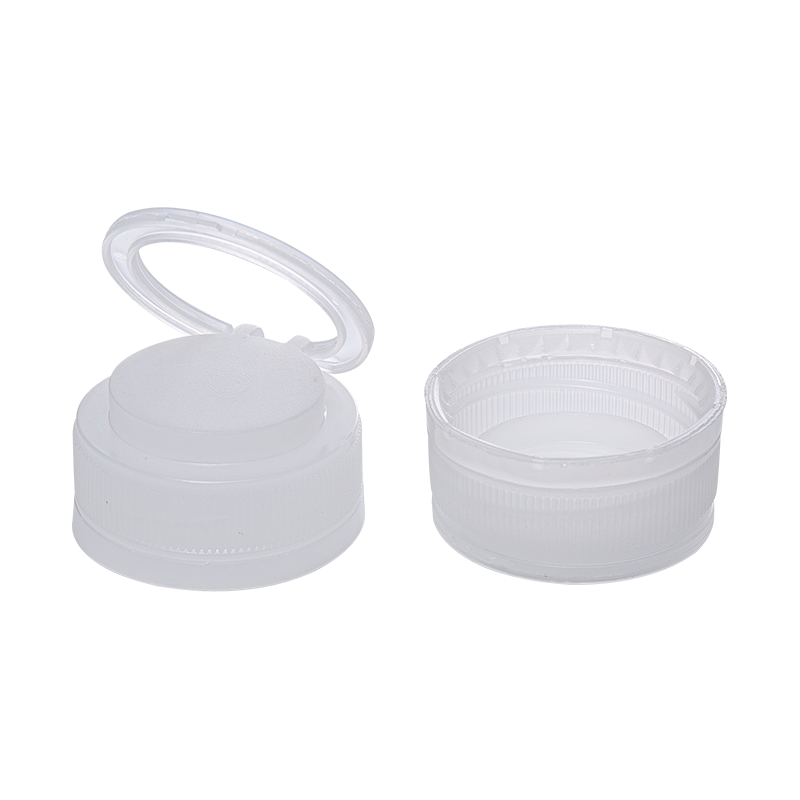When it comes to choosing the right material for 38mm plastic bottle caps, the decision goes far beyond aesthetics or cost — it directly affects product safety, shelf life, and brand reliability. Manufacturers must consider chemical resistance, environmental exposure, regulatory compliance, and long-term performance when selecting from common resins like HDPE, PP, LDPE, PET, and increasingly, sustainable alternatives. Each material offers distinct advantages depending on the application, making it essential to understand how they perform under real-world conditions.
High-Density Polyethylene (HDPE) is one of the most widely used materials in the production of 38mm plastic bottle caps due to its excellent strength-to-density ratio and high resistance to moisture and chemicals. It’s particularly favored in food and beverage packaging where durability and leak-proof sealing are non-negotiable. However, while HDPE is tough and versatile, it may not be ideal for applications requiring transparency or UV resistance without additional treatments.
Polypropylene (PP), another popular choice, stands out for its superior heat resistance, making it suitable for hot-fill applications such as sauces or syrups. Its rigidity and fatigue resistance also make it an excellent candidate for caps that need to withstand repeated opening and closing. Many manufacturers opt for PP in products that require child-resistant or tamper-evident features, thanks to its ability to maintain structural integrity over time. As a result, 38mm plastic bottle caps made from PP are often found in both food and pharmaceutical industries.

Low-Density Polyethylene (LDPE), while more flexible than HDPE or PP, sacrifices some structural rigidity. This makes it less commonly used for standard screw caps but still valuable in specialty applications where soft-touch or pliable closures are preferred. On the other hand, Polyethylene Terephthalate (PET) offers clarity and stiffness, which can enhance the visual appeal of bottled beverages. However, its brittleness under stress limits its use in high-torque capping scenarios.
As sustainability becomes a driving factor in packaging decisions, many brands are exploring bio-based plastics, recycled content, and even compostable options for their 38mm plastic bottle caps. These alternatives aim to reduce carbon footprint while maintaining functional performance. While these materials are still evolving, early adopters are finding ways to balance eco-friendliness with the mechanical demands of modern packaging lines.
At our facility, we’ve spent years refining our material sourcing and molding techniques to ensure every batch of 38mm plastic bottle caps meets the highest standards of quality and consistency. Whether you're packaging premium beverages, household cleaners, or personal care products, our team works closely with clients to recommend the best material based on your product’s unique requirements, ensuring optimal performance from production line to consumer shelf.
Ultimately, the right resin choice depends on a combination of technical needs, branding goals, and market trends. With advancements in polymer technology and increasing demand for sustainable solutions, the landscape of 38mm plastic bottle caps continues to evolve. By understanding the strengths and limitations of each material, manufacturers can make informed decisions that protect product integrity, support environmental initiatives, and reinforce brand trust across global markets.